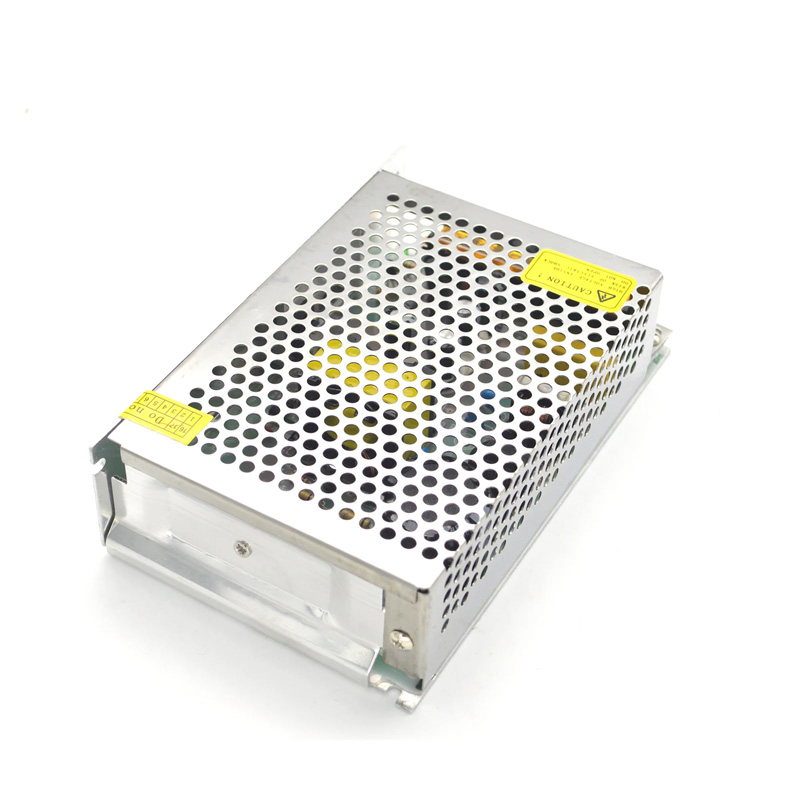- English
- Español
- Português
- русский
- Français
- 日本語
- Deutsch
- tiếng Việt
- Italiano
- Nederlands
- ภาษาไทย
- Polski
- 한국어
- Svenska
- magyar
- Malay
- বাংলা ভাষার
- Dansk
- Suomi
- हिन्दी
- Pilipino
- Türkçe
- Gaeilge
- العربية
- Indonesia
- Norsk
- تمل
- český
- ελληνικά
- український
- Javanese
- فارسی
- தமிழ்
- తెలుగు
- नेपाली
- Burmese
- български
- ລາວ
- Latine
- Қазақша
- Euskal
- Azərbaycan
- Slovenský jazyk
- Македонски
- Lietuvos
- Eesti Keel
- Română
- Slovenski
- मराठी
- Srpski језик
What are the Advantages of Aluminum Switching Power Supply Compared to Iron?
2025-06-18
Aluminum switching power supply is a high-frequency power conversion device with aluminum alloy as the main structure. Its core features include die-casting heat dissipation shell, layered insulation design and electromagnetic shielding integration structure. Compared with traditional iron power supply, its material characteristics form different advantages in thermal management, lightweight and electromagnetic compatibility dimensions.
In terms of heat dissipation, aluminum is made of iron. During the operation of aluminum switching power supply, a large amount of heat will be generated due to current conversion and other reasons. If the heat is not dissipated in time, the temperature of the internal components of the power supply will be too high, which will affect the performance and life of the power supply. The good thermal conductivity of the aluminum housing can quickly conduct heat to the external environment, effectively reduce the internal temperature, and ensure stable operation of the power supply.

The density of aluminum is significantly lower than iron, which makes aluminum switching power supplies have a significant advantage in weight. Die-casting technology makes shell form thin-walled multi-rib structure, and eliminates redundant mass while maintaining bending stiffness. Equipment mounting brackets can be integrated into the body structure, eliminating the need for reinforcing connections for iron shells and further optimizing weight distribution.
In addition, aluminum has higher corrosion resistance than iron. Because iron is prone to oxidation in humid air, rust is generated, which reduces the protective performance of the shell and may even cause damage to internal components of aluminum switching power supply. The aluminum exposed to the air to form a dense aluminum oxide layer, blocking the penetration of corrosive media. Die casting shell without weld design eliminates weak points of electrochemical corrosion, salt spray resistance in wet environment exceeds galvanized iron shell. Ductile deformation absorbs impact energy and avoids brittle fracture risk under impact conditions.
There will be a lot of customer concern: Does the heat dissipation advantage of aluminum shell decay in low temperature environment?
The thermal conductivity of aluminum increases with the decrease of temperature, and the thermal conductivity efficiency in minus environment exceeds that in normal temperature. However, it should be noted that the cold brittleness threshold of the shell is far below the lower limit of the service temperature, and the material failure will not be caused in the actual working condition.
